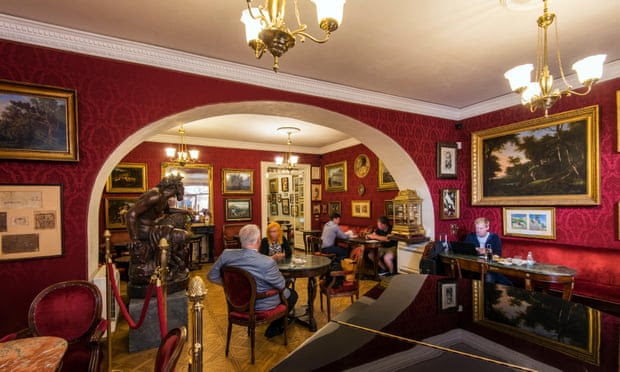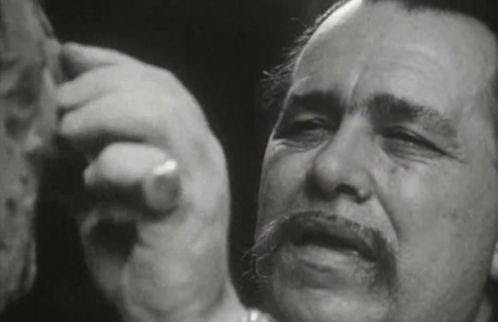On the way to Rome’s “Fiumicino” airport stands the statue of Leonardo da Vinci. Thousands of tourists arriving in the Eternal City pass by this landmark of the Italian capital every day. One wonders, however, whether they have heard of the author of this impressive work of art, the Bulgarian sculptor Assen Peykov?
Assen Peykov was born in Sofia in 1908 and is known not only in Bulgaria and Italy but also throughout Europe.
As soon as he finished his studies at the Bulgarian Academy of Fine Arts, which he completed in the class of Professor Andrey Nikolov, Peykov was awarded the Gold Medal of the Academy. At 30, Assen Peykov left Bulgaria and moved to Italy, where he became one of the leading figures in Italian sculpture.

In the 1940s, Assen Peykov already had his place in the artistic life of Rome. At that time, his studio was located in the most modern street of Rome – Via Margutta, and he moved only in the company of world-class celebrities. His friends in the Bohemian life are Vittorio de Sica, Federico Fellini, and Ava Gardner.
He made portraiture his subject, and it was under his hands that historical personalities from a wide range of periods were reborn – from Mozart to Khan Asparoukh, from Alexander Fleming to Sofia Loren.
Later, in the 50s and 60s of the last century, Assen Peykov became one of Italy’s most sought-after and valuable portrait sculptors. More than a thousand of his works are in galleries and private collections in the USA, Europe and South America.

The famous giant bronze statue of Leonardo da Vinci, which the sculptor made after winning a competition for the Municipality of Rome, was unveiled on 19 August 1960. Assen Peykov places the Renaissance genius on a three-meters pedestal, with one hand pointing skywards and the other holding an aerial screw – one of his inventions related to flight.
Unfortunately, the sculptor, revered throughout Italy and beyond, did not achieve recognition in his own country during his lifetime. In 1969, his project on the sculpture of the Khan Asparoukh was only awarded an encouragement prize by the Bulgarian jury. After three decades of creative life, Assen Peykov breathed his last in 1973 in a country that highly valued his talent.
Today a square in Rome bears his name, and his works can be seen in 16 Italian cities. And although the fame of the then-famous Via Marguttan is no longer the same, his studio is still present, and some of his sculptures are still their thanks to his son Rodolfo.

When Bulgarians visit the famous Café Greco on Via Condotti – a meeting place for poets, painters and musicians for a century – they are surprised to see a bas-relief by Assen Peykov and a small red picture painted by his brother Ilia – the painter who “saw” the Cosmos.



Comment here